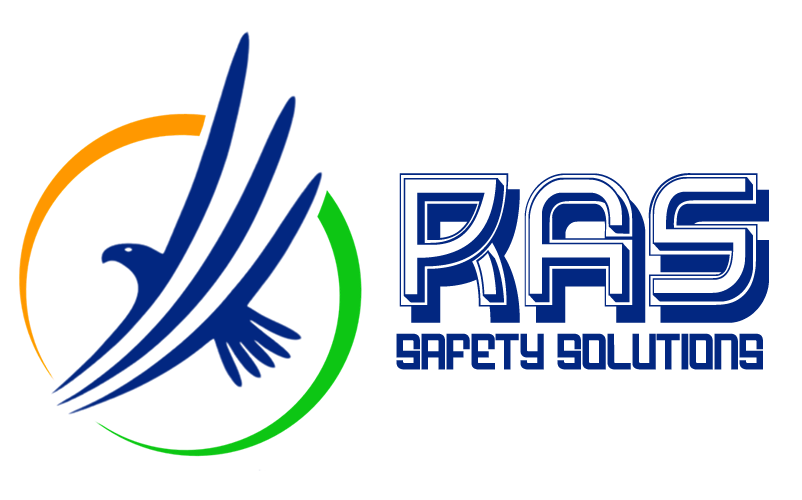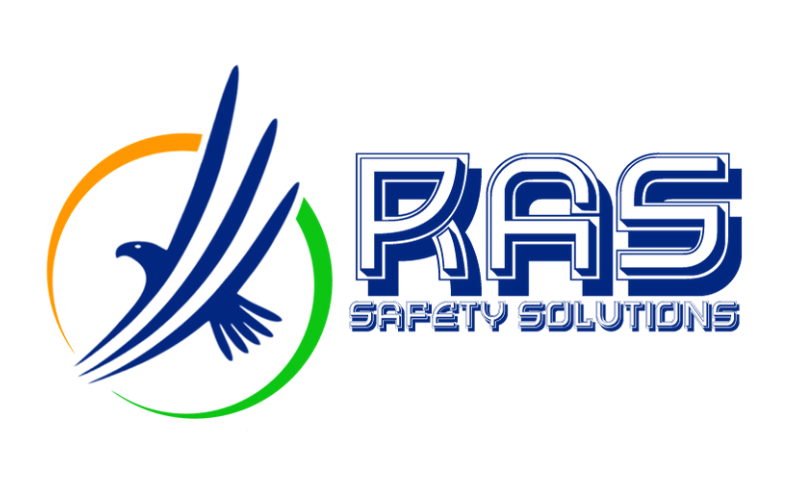
EXCAVATION AND TRENCHING TRAINING
Overview:
The Excavation and Trenching Training course is designed to ensure that employers and employees understand and comply with excavation safety standards. This course focuses on identifying the types of hazards that can occur during excavation and trenching work, how to correct these hazards, and the critical role of the competent person in ensuring safety. Additionally, the training emphasizes the importance of using appropriate protective systems and safe work practices to prevent accidents and injuries in excavation sites. Participants will learn how to recognize potential dangers, apply the correct safety procedures, and adhere to regulatory requirements, thereby minimizing the risks associated with excavation work.
Key Contents:
-
Introduction to Excavation and Trenching Safety
- Overview of Excavation and Trenching Work
- Understanding the Importance of Safety in Excavation Activities
- Regulatory Requirements and Standards for Excavation Safety (e.g., OSHA standards)
- Responsibilities of Employers, Employees, and the Competent Person
-
Hazards in Excavation and Trenching
- Soil Mechanics and Stability: Understanding Soil Types and Their Impact on Excavation Safety
- Cave-ins and Collapses: Recognizing Warning Signs and Preventing Cave-ins
- Water Accumulation: Hazards Related to Water in Excavations and How to Manage Them
- Underground Utilities: Identifying and Avoiding Risks from Buried Services (e.g., Gas, Electricity, Water Lines)
- Heavy Equipment: Safe Operation and Avoiding Hazards from Machinery
- Hazardous Atmospheres: Identifying and Controlling Hazardous Gases and Oxygen Deficiency
-
Protective Systems and Equipment
- Shoring and Shielding: Use of Support Systems to Prevent Soil Movement
- Sloping and Benching: Techniques to Safely Remove Earth and Prevent Collapse
- Personal Protective Equipment (PPE): Required PPE for Excavation Work (e.g., Helmets, Safety Boots, Respirators)
- Access and Egress: Safe Entry and Exit Methods in Trenches
- Emergency Response Planning: Preparing for and Responding to Excavation Emergencies
-
Role of the Competent Person
- Defining the Competent Person’s Role in Excavation and Trenching Safety
- Responsibilities for Identifying Hazards and Implementing Controls
- Conducting Site Inspections and Monitoring Safety Conditions
- Decision-Making Authority on Protective Systems and Worksite Safety
- Documentation and Record-Keeping Requirements for Excavation Activities
-
Safe Work Practices and Procedures
- Pre-Work Planning: Assessing the Site and Developing a Safety Plan
- Communication and Coordination: Ensuring Clear Communication Among Workers and Supervisors
- Daily Inspections: Routine Checks to Ensure Ongoing Safety Compliance
- Handling Materials Safely: Managing Excavated Materials and Equipment
- Proper Use of Tools and Machinery: Ensuring Safe Operation of Excavation Equipment
-
Case Studies and Practical Exercises
- Analysis of Real-World Excavation and Trenching Incidents
- Group Discussions on Accident Prevention and Safety Strategies
- Hands-On Exercises in Identifying Hazards and Implementing Controls
- Simulations of Emergency Scenarios and Response Drills
-
Final Assessment and Review
- Recap of Key Concepts and Safety Procedures
- Assessment of Participants’ Knowledge Through Quizzes or Practical Tests
- Group Feedback and Discussion on Course Outcomes
- Certification of Completion for Participants Who Meet Course Requirements
Course Duration:
-
Standard Course: 1 Day (8 Hours)
- A comprehensive session covering all key aspects of excavation and trenching safety, suitable for frontline workers, supervisors, and safety representatives involved in excavation activities.
-
Extended Course: 2 Days (16 Hours)
- An in-depth course with additional focus on practical exercises, complex hazard scenarios, and the role of the competent person. Ideal for safety managers, risk assessors, and those responsible for overseeing excavation operations.
Learning Outcomes:
-
Hazard Identification and Control: Participants will be able to identify the hazards associated with excavation and trenching and implement appropriate controls to mitigate risks.
-
Understanding of Protective Systems: Learners will gain knowledge of the various protective systems used in excavation work and how to apply them effectively.
-
Competent Person Responsibilities: Attendees will understand the role and responsibilities of the competent person in ensuring excavation safety, including conducting inspections and making critical safety decisions.
-
Safe Work Practices: The course will equip participants with the skills to plan and execute excavation work safely, adhering to best practices and regulatory requirements.
-
Emergency Preparedness: Participants will learn how to develop and implement emergency response plans for excavation-related incidents.
By the end of the Excavation and Trenching Training course, participants will be well-prepared to manage and perform excavation work safely, ensuring compliance with safety standards and protecting themselves and their colleagues from potential hazards.


